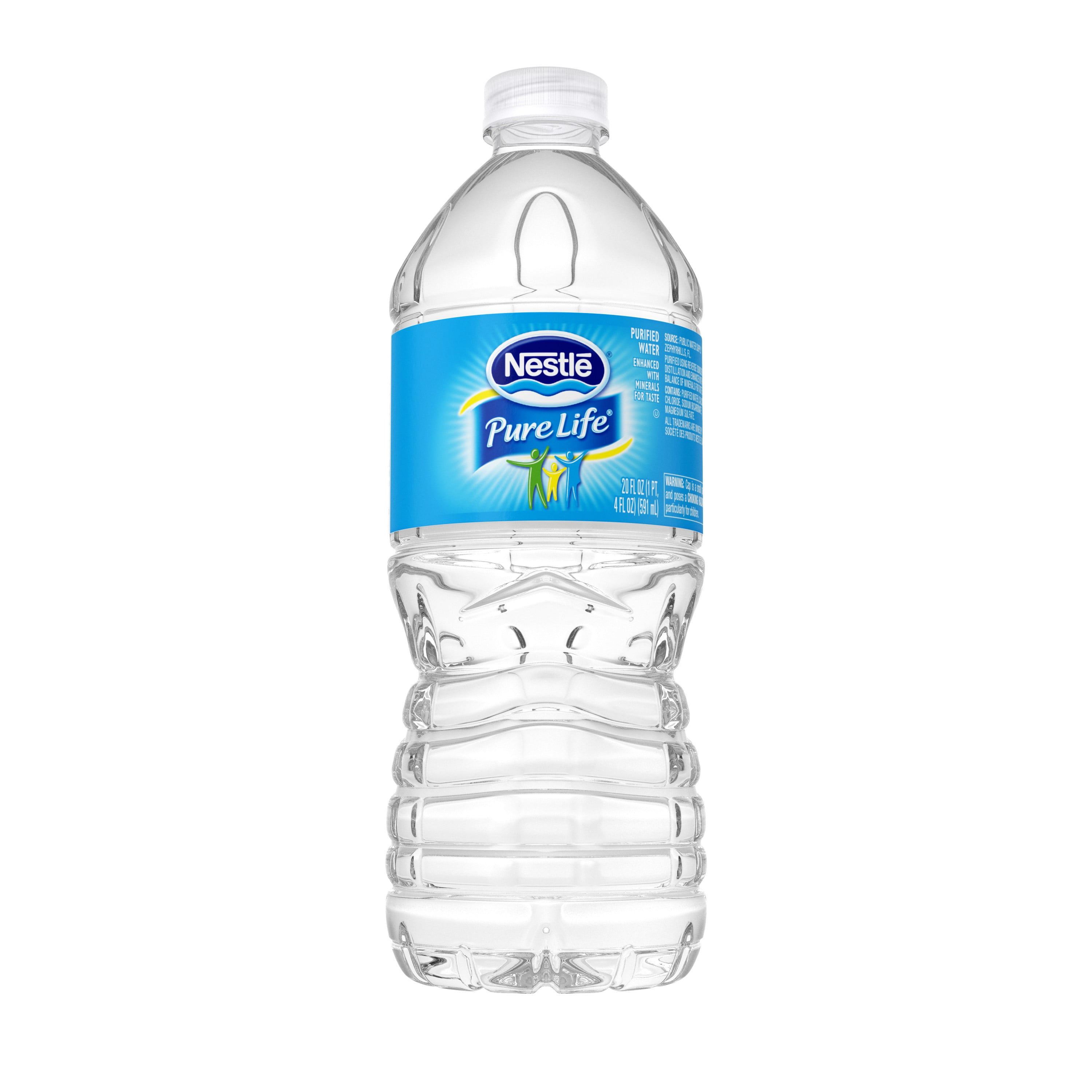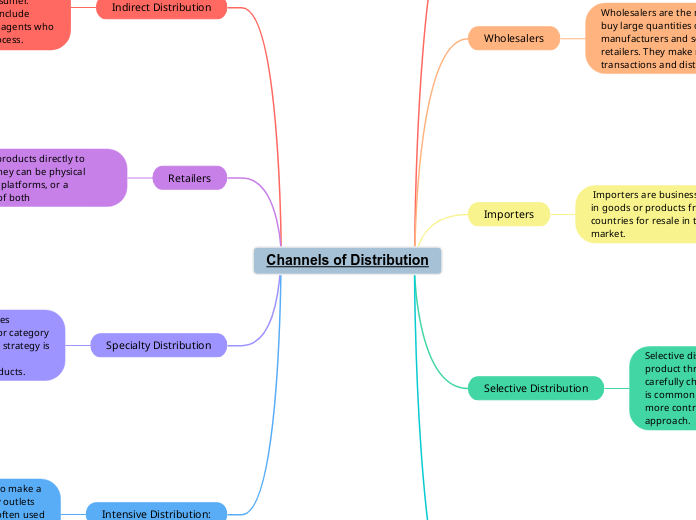Channels of Distribution
Direct Distribution
Direct distribution involves selling products directly from the manufacturer to the end consumer without a middleman. This can occur through company-owned stores, online platforms, or direct sales.
Apple sells iPhones directly through its stores and website without involving other stores.

Tesla sells its electric cars directly to consumers through company-owned showrooms and online channels
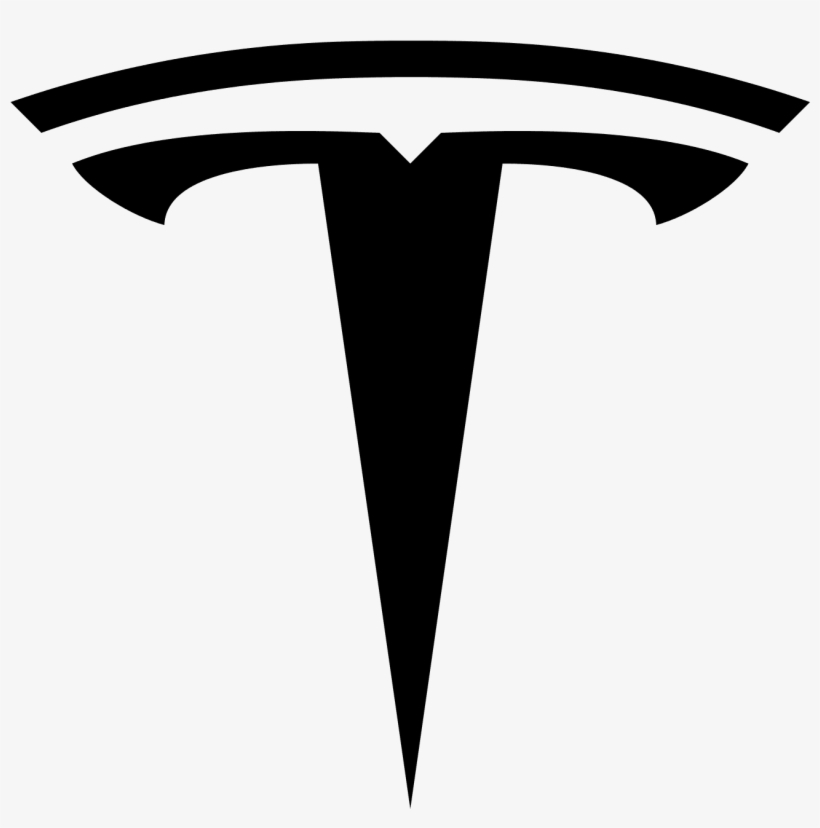
Wholesalers
Wholesalers are the middlemen that buy large quantities of products from manufacturers and sell them to retailers. They make money off of bulk transactions and distribution.
Costco is a wholesaler that purchases products in bulk from manufacturers and sells them to consumers through its membership-based stores
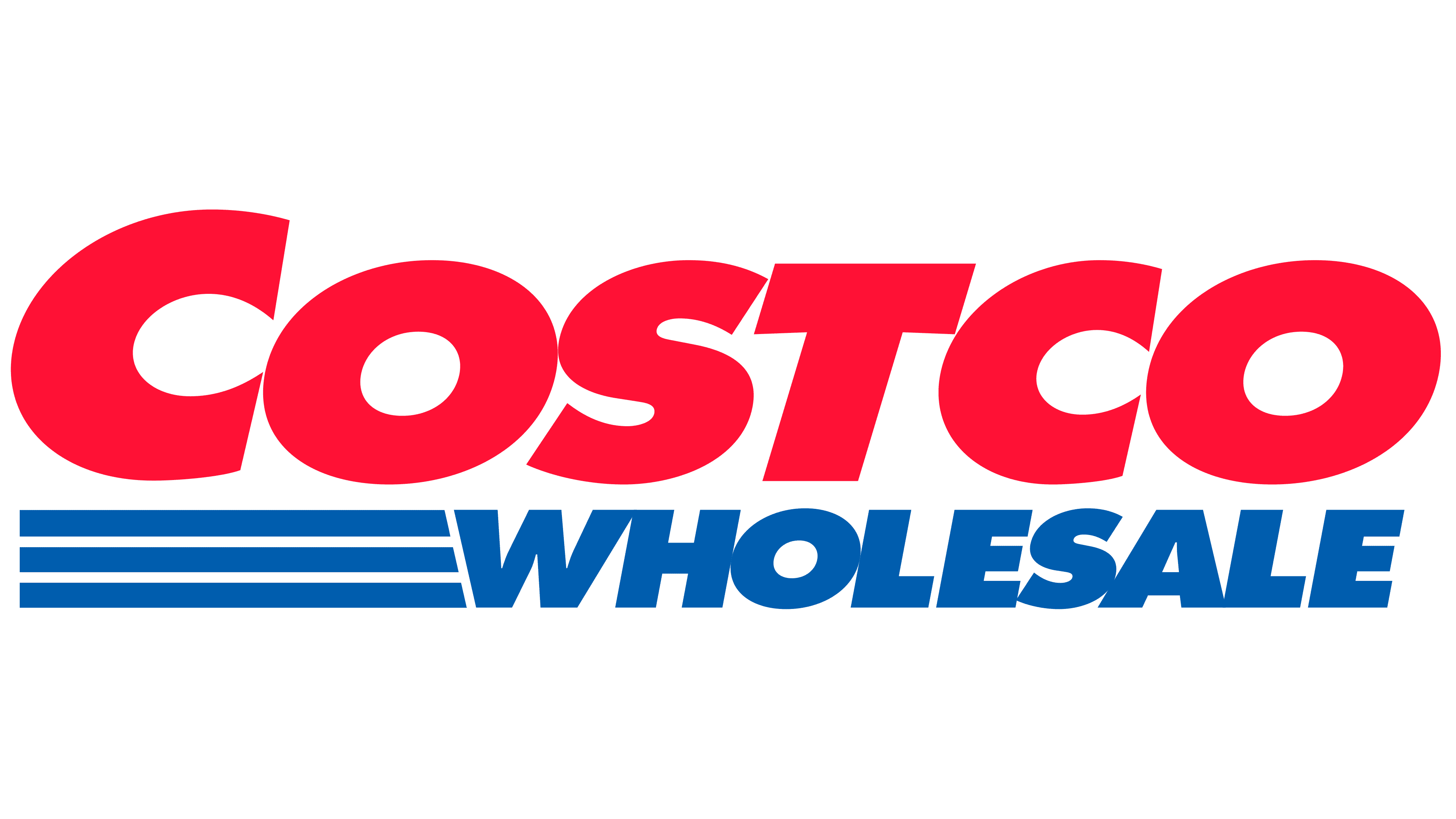
Book distributors buying books from publishers in bulk and selling them to smaller bookstores.

Importers
Importers are businesses that bring in goods or products from foreign countries for resale in the domestic market.
An electronics retailer importing smartphones from a foreign manufacturer to sell in local stores. Chinese phones are sold at a very cheap cost because there production cost is very low. Importers import large amounts from China hoping to make a profit.

A toy store bringing in unique toys from Japan to sell to local customers.
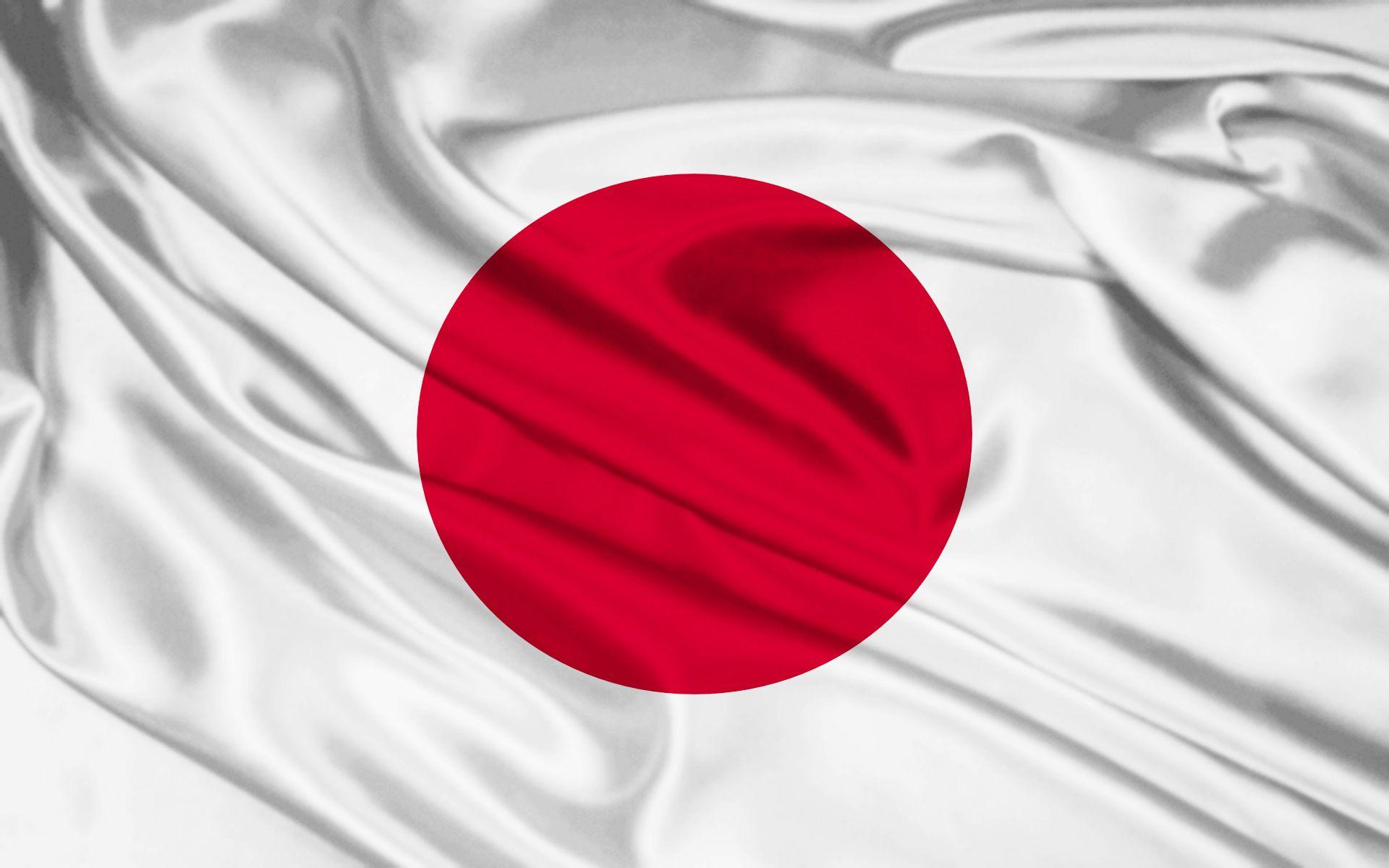
Selective Distribution
Selective distribution involves selling a product through a limited number of carefully chosen outlets. This strategy is common for products that require a more controlled distribution approach.
High-end Car companies like Rolls-Royce do not market their product to the general public. However their product distribution involves selling their product through carefully chosen outlets.
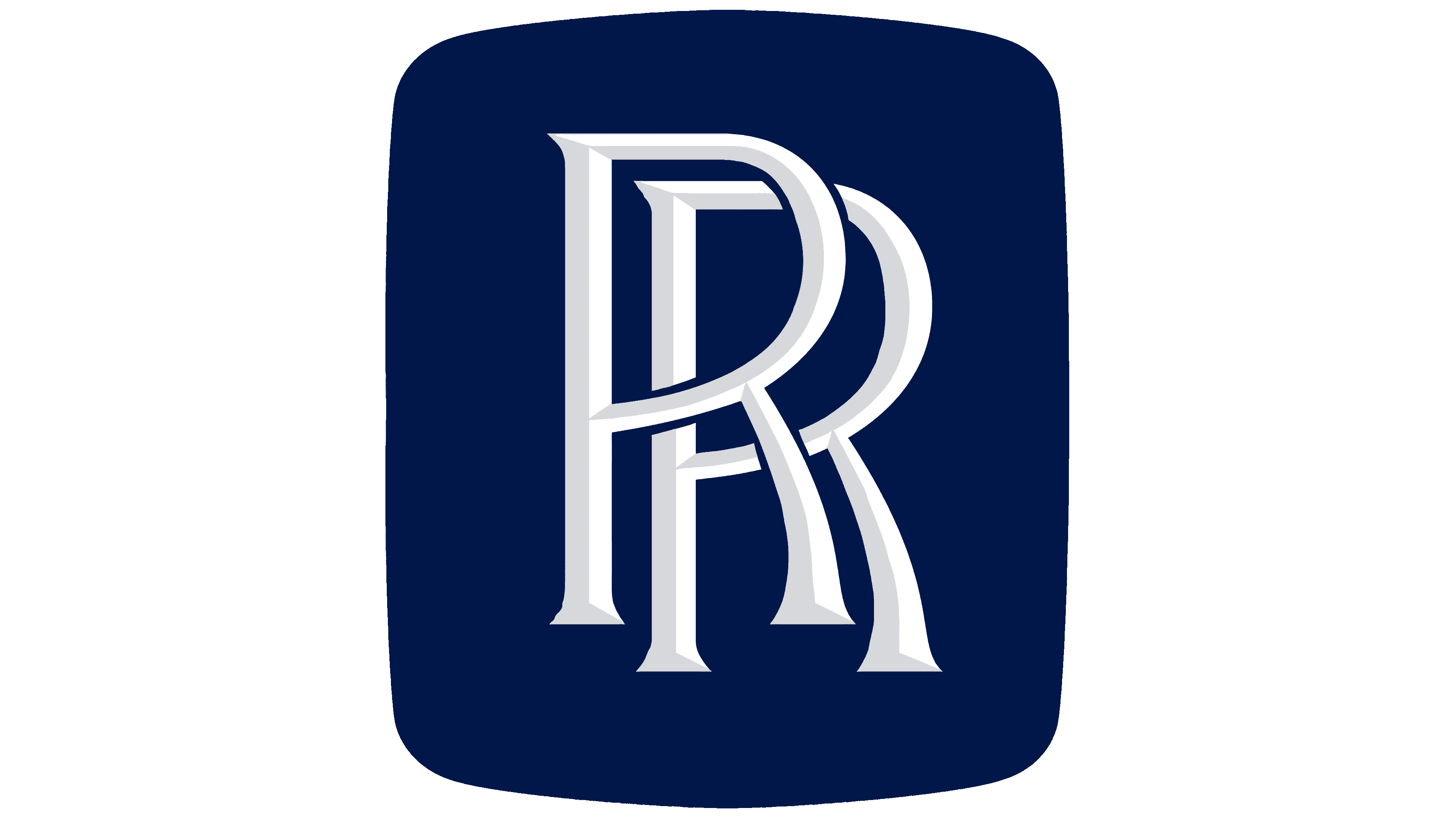
Fancy cameras are only sold at certain special shops for photographers.

Exclusive Distribution
Exclusive distribution is a strategy where a manufacturer grants the exclusive right to sell its products to a single distributor or a limited number of distributors in a particular geographic area. This arrangement restricts other distributors or retailers from selling the same product in that specified region.
Luxury watch brands often aim for exclusive distribution, choosing only a few high-end jewelry stores to sell their limited edition or premium watches. This strategy helps maintain brand exclusivity and enhances the perceived value of the products. You will not see a Rolex watch at every single watch store you enter. They will only be seen at very high end and luxurious stores. This is to make sure the value of the watch does not depreciate.
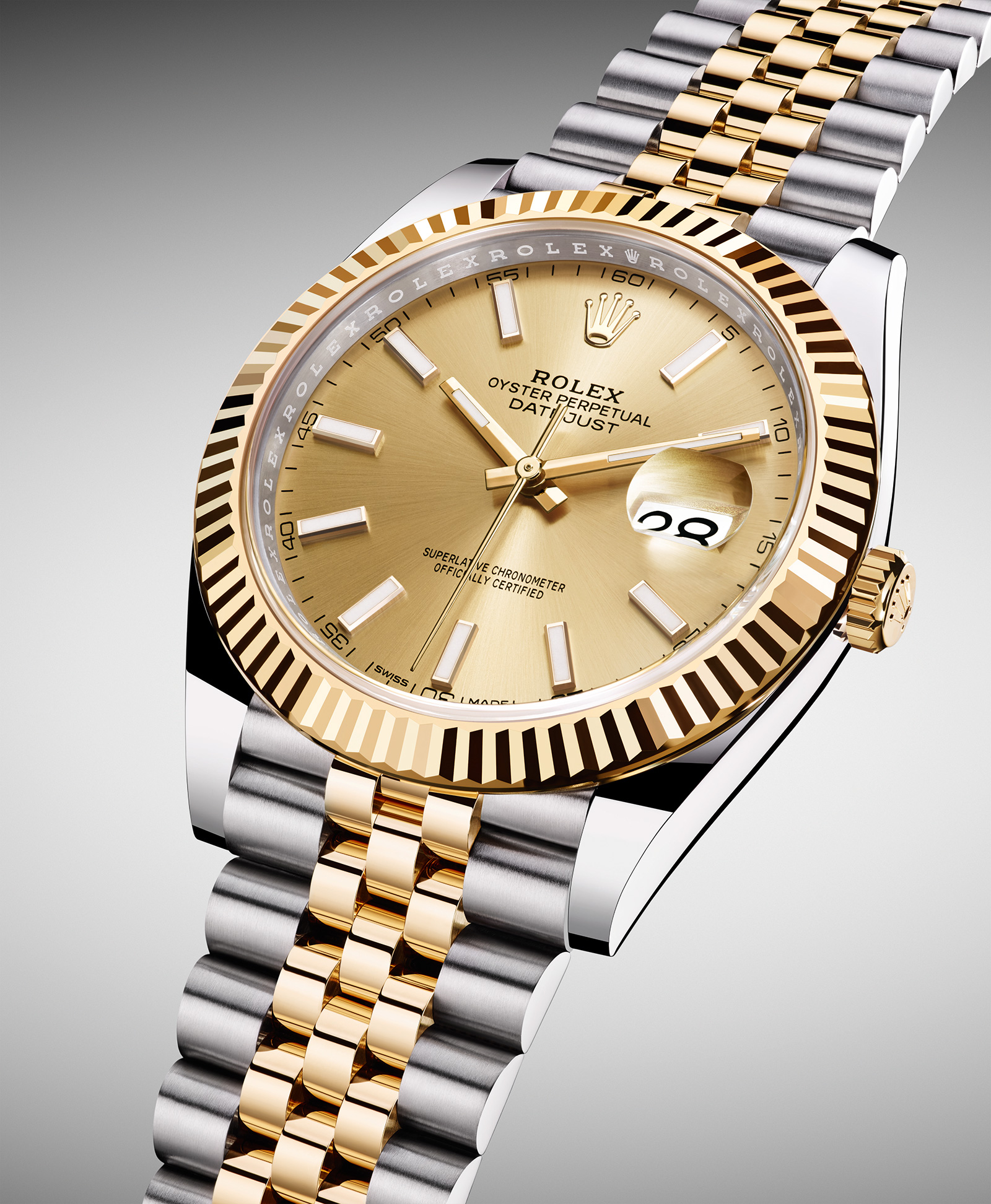
Luxury perfumes might only be sold in a few high-end stores in big cities, making them more special and rare to find.
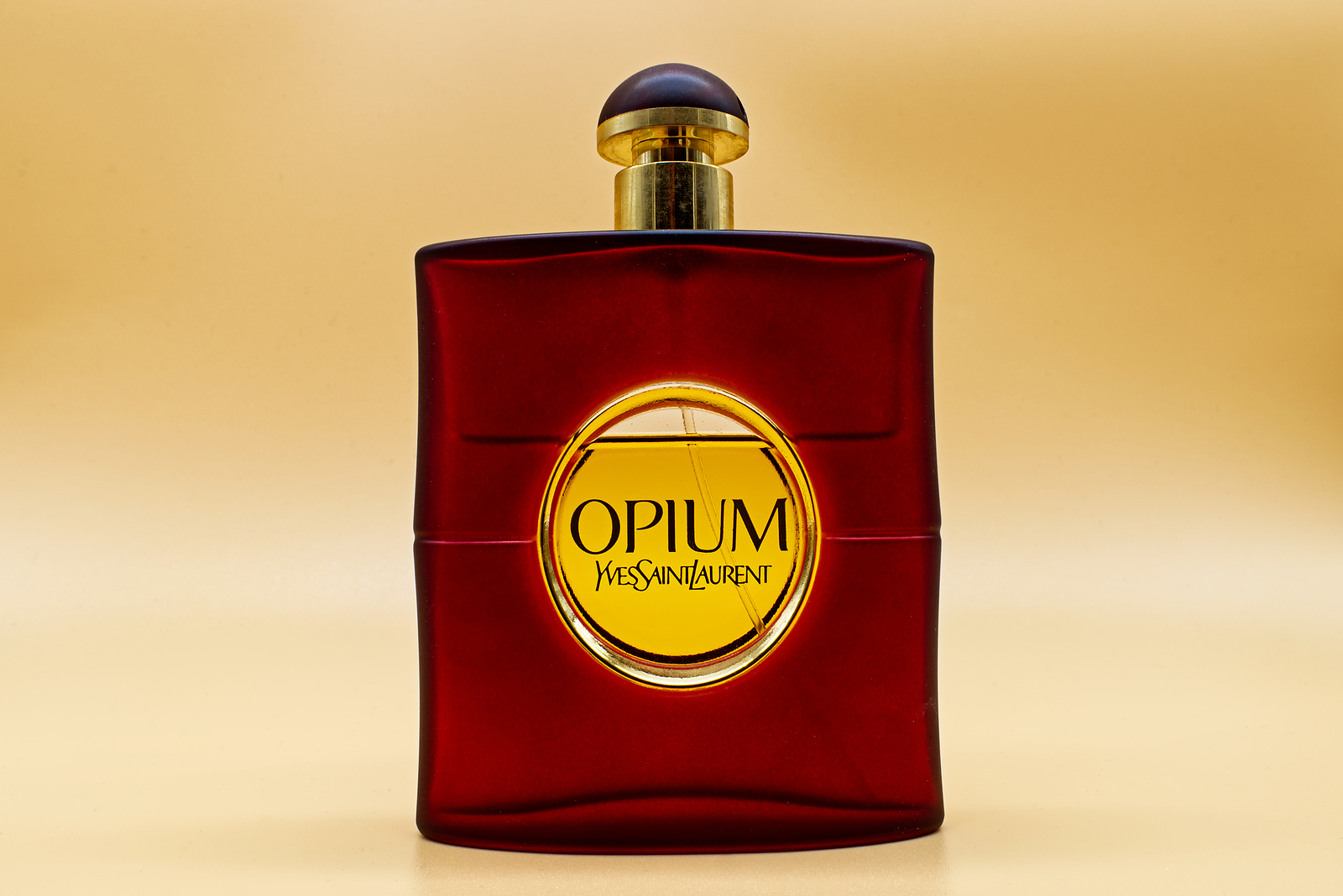
Indirect Distribution
Indirect distribution involves a middlemen between the manufacturer and the consumer. These intermediaries can include wholesalers, retailers, and agents who help in the distribution process.
Imagine you bake chocolate cookies at home. Instead of selling them directly to friends or neighbors, you decide to give them to a local grocery store. The store then sells your cookies to people who come in to buy snacks. In this case, the grocery store is the middleman, making it an example of indirect distribution.
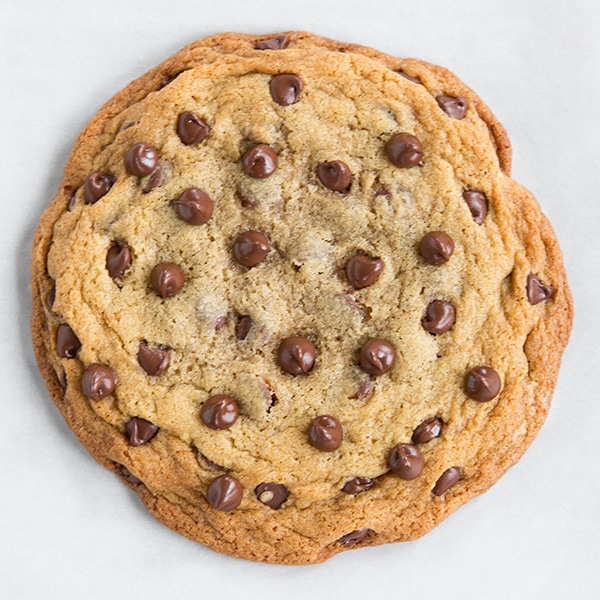
A local artist selling paintings through a gallery instead of directly to buyers.

Retailers
Retailers sell products directly to consumers. They can be physical stores, online platforms, or a combination of both
Walmart is a very big retail store with physical stores across the globe, offering a wide range of products to consumers. Walmart also has the option to shop online.
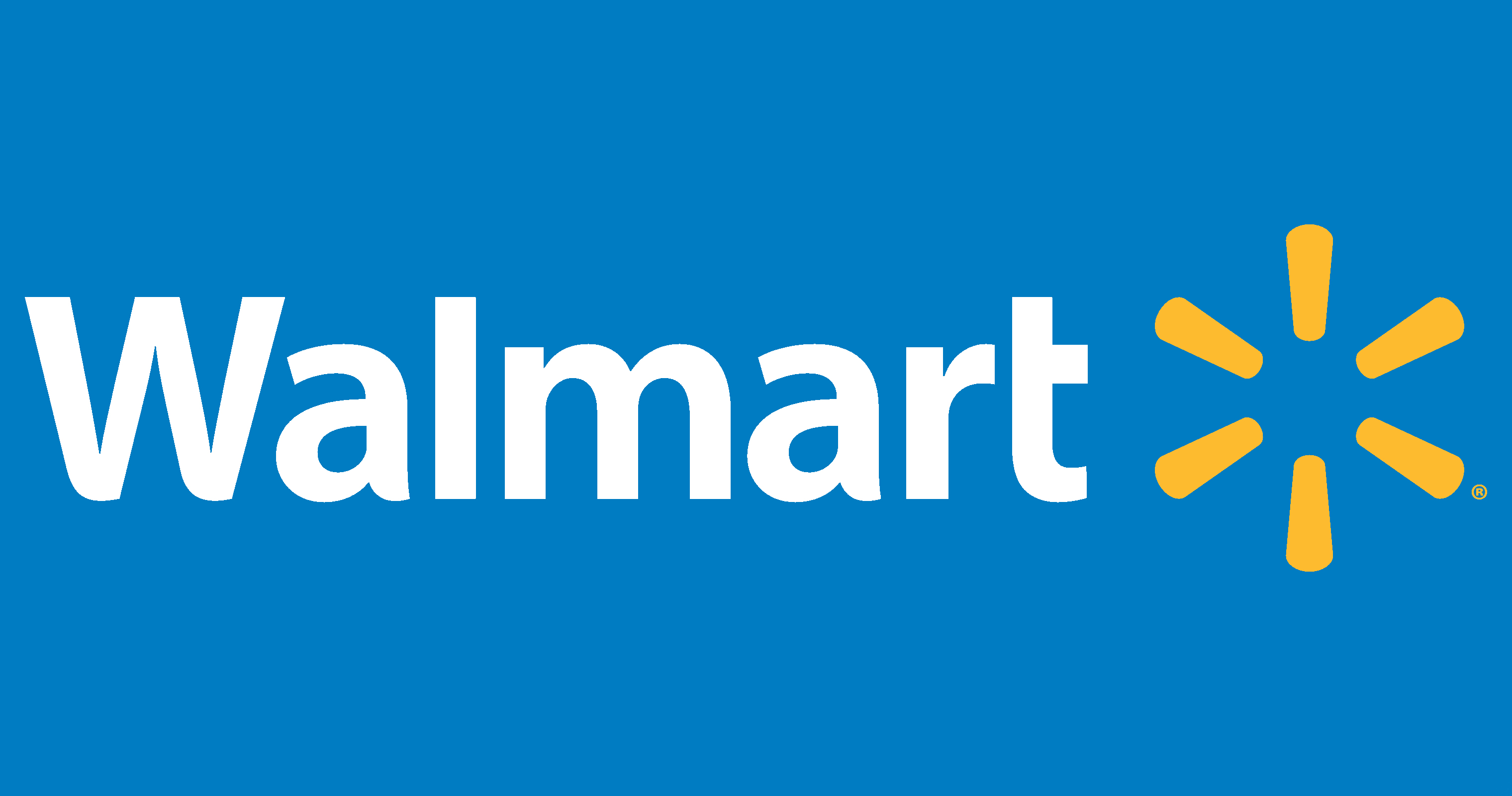
Best Buy selling electronics in their stores and online to customers.
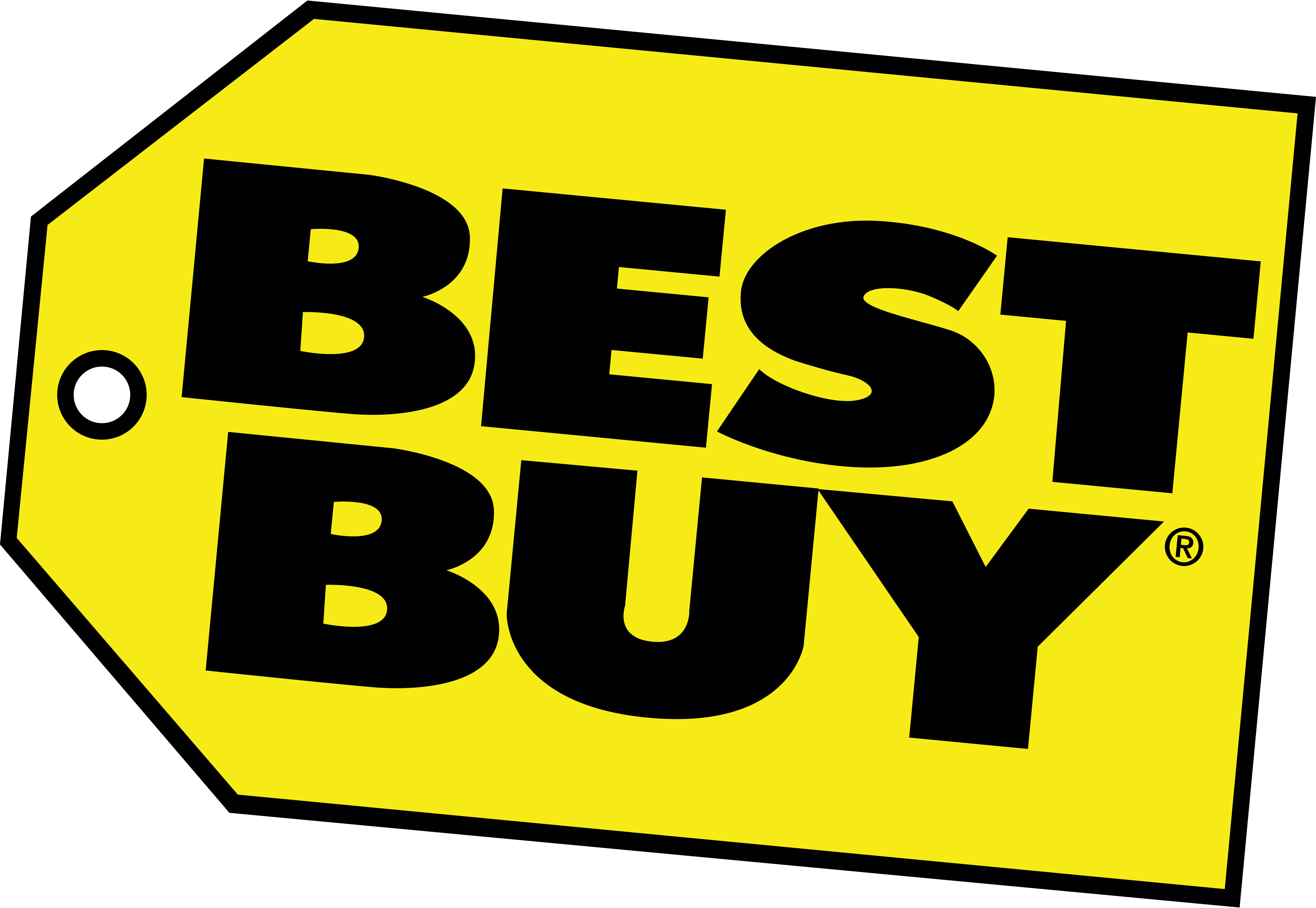
Specialty Distribution
Specialty distribution involves focusing on a specific type or category of product. The distribution strategy is made only for the unique characteristics of those products.
A company specializing in rare and collectible books may use specialty distribution channels to reach niche bookstores and collectors. This can apply for lots of collectables like cards, coins, magazines, and more.

A winery distributing its limited-edition wine only to upscale restaurants.
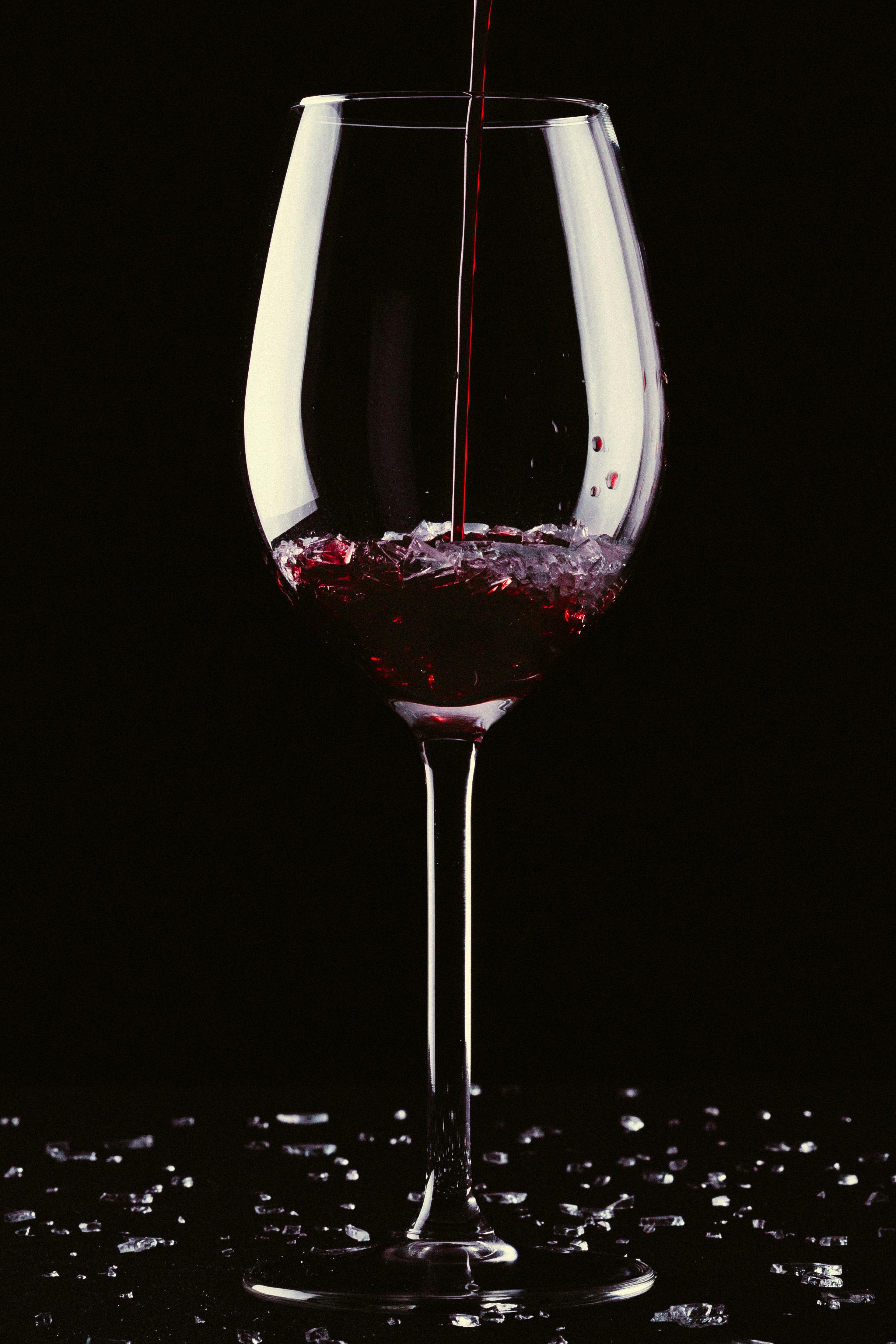
Intensive Distribution:
Intensive distribution aims to make a product available in as many outlets as possible. This strategy is often used for products with high demand and low consumer involvement.
Soft drinks like Coca-Cola and Pepsi are widely available in almost every store, including grocery stores, gas stations, and convenience stores.
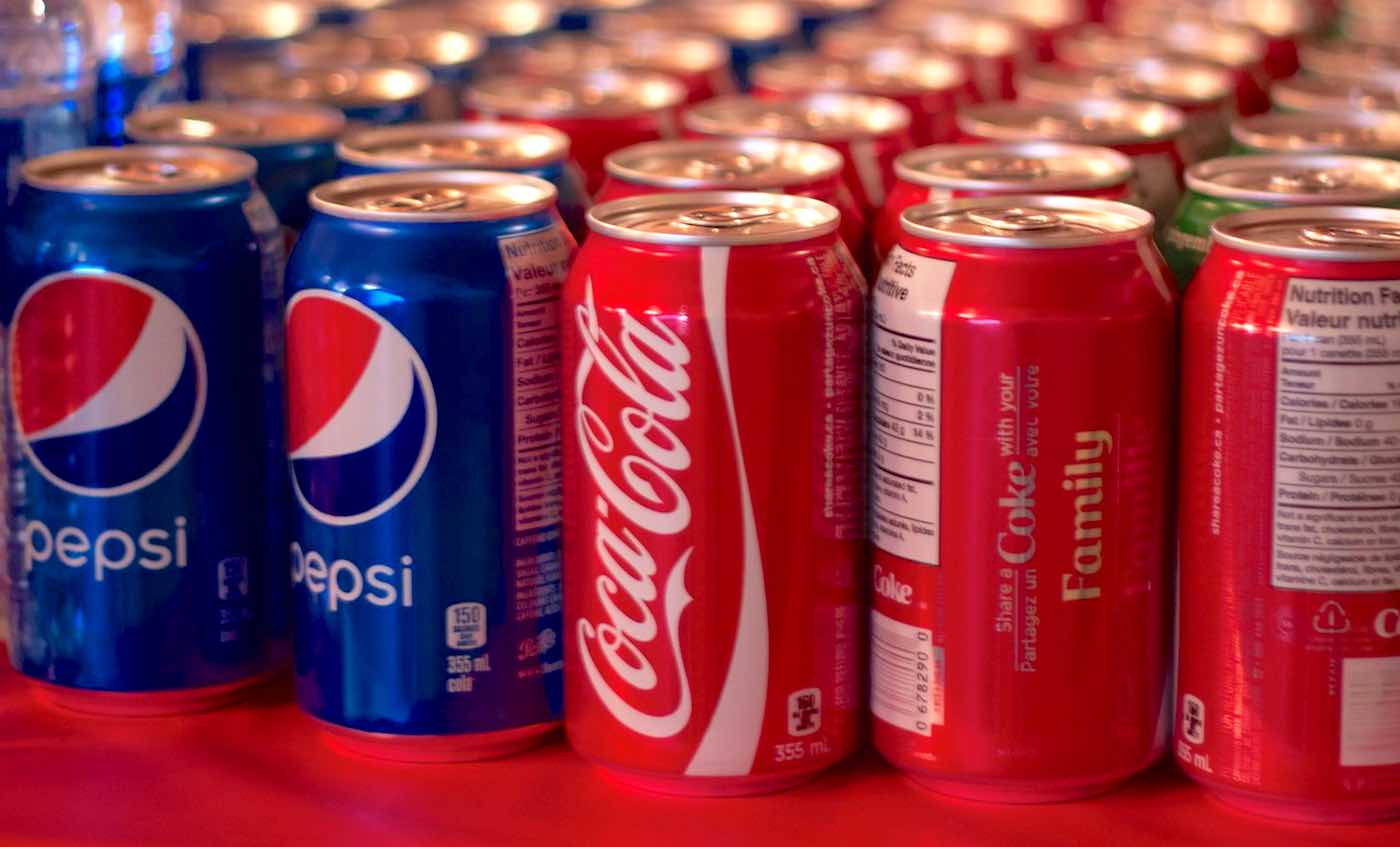
Bottled water available for purchase at gas stations, supermarkets, and convenience stores
